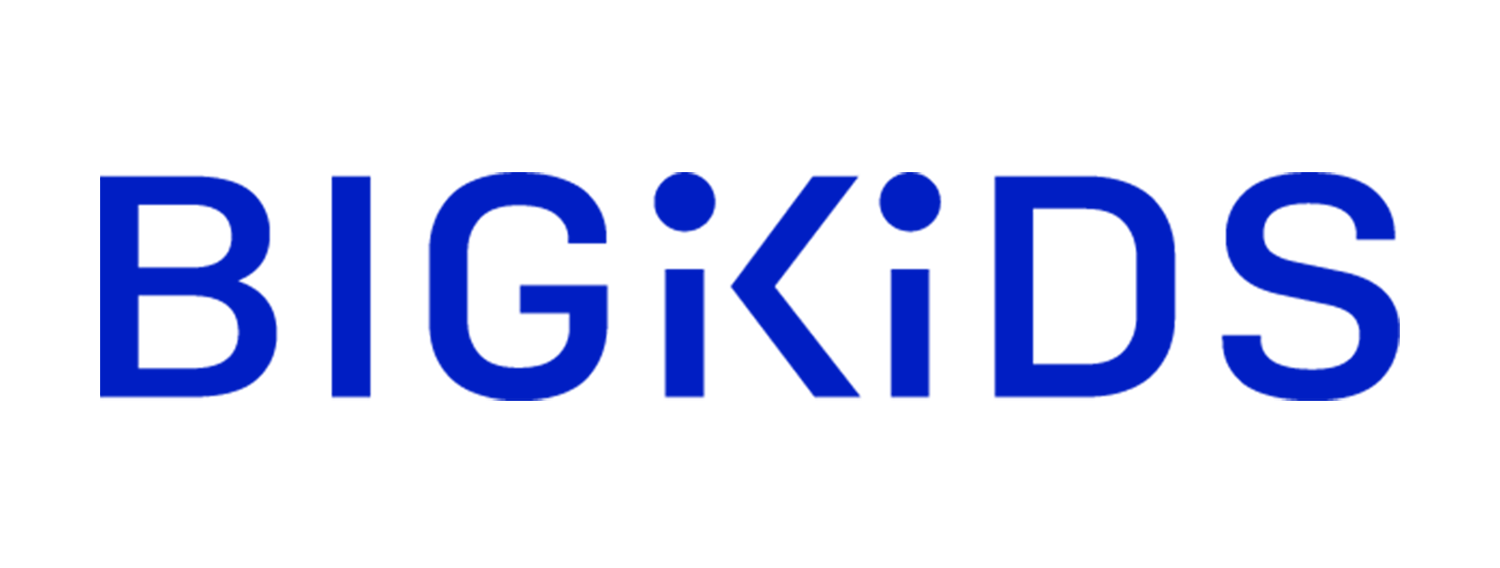user experience
This is a Service Blueprint and why it could be useful for law firms
Many lawyers these days are making efforts to be more competitive in pricing and to offer better legal experiences. They are starting to realize that they are (in many ways) a business like any other. In order…
The interconnected lives of ants, bees, humans and software. Placing diversity as enabler of a legal innovation strategy
How can diversity Innovation? Showcase some arguments on how diversity could bring innovation in legal teams. Make a case that diversity is more than ethnic and gender diversity. We need diversity in competences and skills
Legal Content as a Valuable Business Asset: Some concrete examples
Magic happens when you valorise your content. You turn knowledge that your company has but is invisible into something tangible that has amazing business value for your organization. In this post, I would like to show how…
